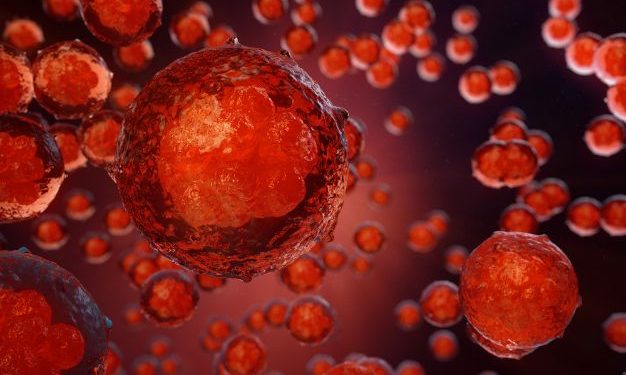A soft tissue sarcoma is a type of cancer that starts in the tissues of the body that connect, support, and surround other tissues. This includes muscle, tendons, fat, and blood vessels. There are several types of soft tissue sarcoma, which vary by where they start and how quickly they grow. These tumors may not cause symptoms, but they can press on nerves and organs and make them hurt or stop working correctly. Most of these cancers are very rare. They can affect people of any age, but they are more likely to happen in young adults and children.
The first step to getting treatment for a soft tissue sarcoma is to see your doctor. If you have a lump that is the size of a golf ball or bigger, is growing or changing shape, or causes pain or other problems, talk to your doctor right away. Most visible lumps aren’t a sarcoma, but if one is, your doctor will do a physical examination and feel for any bumps or swelling. They’ll also take a medical history and order tests to check for the disease.
These may include a blood test, an imaging scan, and a biopsy. A biopsy is a small sample of tissue that’s removed from the lump to be checked for cancer cells. The cells will be looked at under a microscope to find out what kind of cancer you have and how fast it’s growing. These tests may also find out whether the cancer has spread to other parts of the body.

If your doctor finds a soft tissue sarcoma and removes it before it grows or spreads, they can often say they’ve cured you. But many of these tumors come back (recur) later on, so it’s important to follow up with your doctor regularly and get regular tests to look for any new growths or signs of the disease.
Your doctor will help you plan your care based on the type of sarcoma you have and its location in the body. They might suggest surgery, chemotherapy, radiation therapy, or a combination of these treatments. You might be able to participate in a clinical trial of a new treatment if the cancer hasn’t already spread.
You might need physiotherapy or occupational therapy to help you get around if your treatment has affected your ability to move or work. And you’ll need to learn how to manage any pain or other problems caused by the sarcoma. If your sarcoma has spread to the lungs, you might need different types of treatment. But even if your sarcoma has spread, you can still benefit from treatment to reduce your chances of the cancer coming back.









